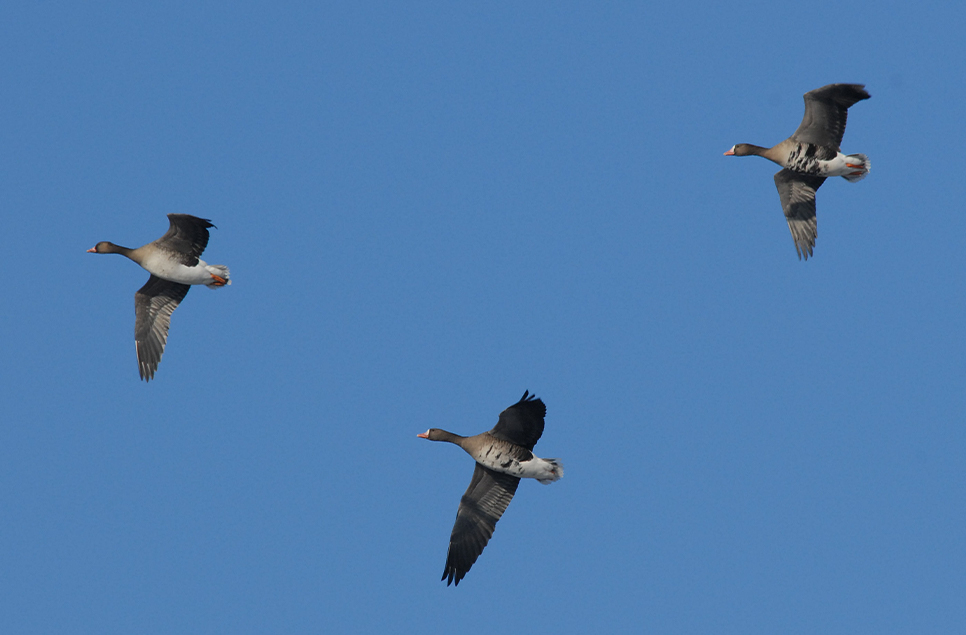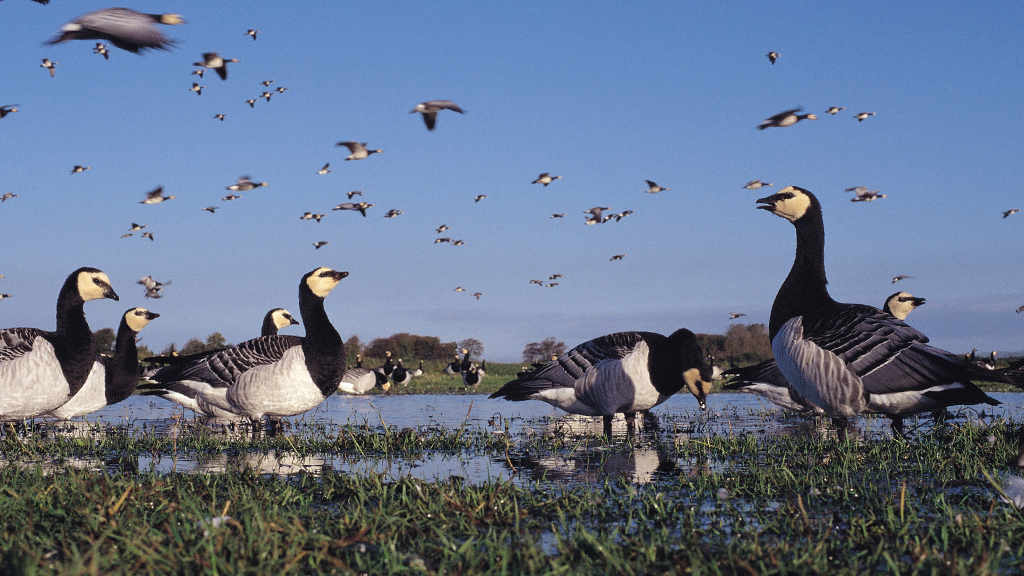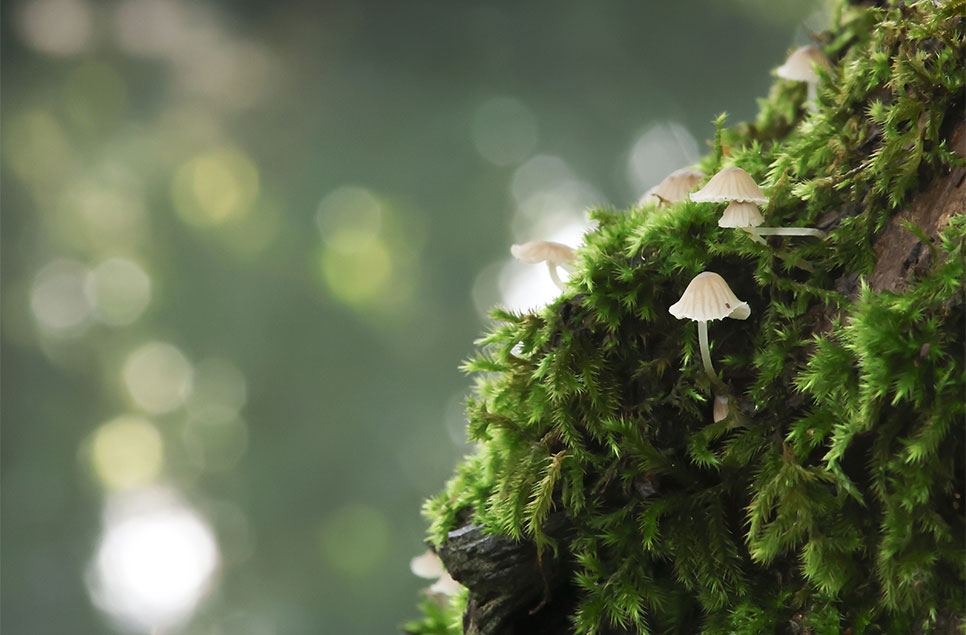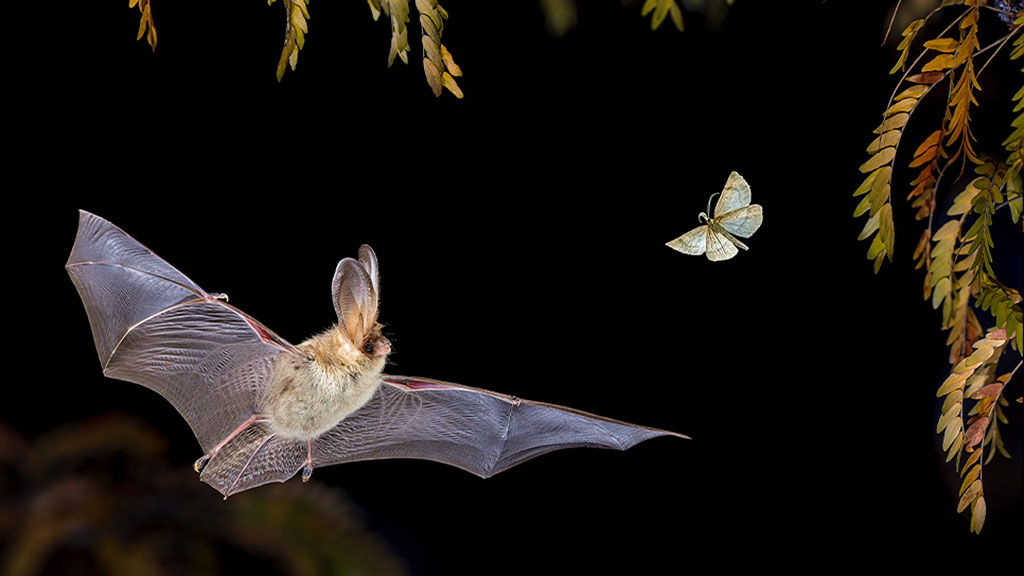A spotlight on wetland wildlife - October 2020
Join us on another journey around our reserves looking back on the migratory month of October. Thousands of waterbirds are arriving on our wetlands for the winter, some all the way from arctic Russia.

Join us on another journey around our reserves looking back on the migratory month of October. Thousands of waterbirds are arriving on our wetlands for the winter, some all the way from arctic Russia.
One of our earliest Russian migrants are the Russian white-fronted geese. Numbers are building at Slimbridge, with many juveniles in the flock which will have hatched on the tundra just a few short months ago.
Zeiss Hide - our first pair of White-fronted Geese have arrived this morning and are currently on the Top New Piece #GlosBirds pic.twitter.com/diRPutwjCy
— Slimbridge Sightings (@slimbridge_wild) October 14, 2020
In other goose news, numbers of barnacle geese are building at Caerlaverock.
Whilst large flocks of golden plover are building on our reserves. These birds are best appreciated in flight – twisting gems of white and gold in the crisp autumn sky.
Estuary Tower - 29 White-fronted Geese on Dumbles plus more birds on river, 500+ Golden Plover, 300+ Wigeon, 26 Pintail plus several hundred Teal. Two Spotted Redshank on flood until flushed by Peregrine. 104 Shelduck on river. Grey Wagtail on Pillbox Pool #GlosBirds pic.twitter.com/s2Gek07UMY
— Slimbridge Sightings (@slimbridge_wild) October 28, 2020
With all of these arrivals, our wetlands are getting noisy!
Estuary Tower - the Dumbles is coming alive for winter with hundreds of Wigeon, Golden Plover and Teal here, plus our White-fronted Geese. Enjoy 🔊 @WWTSlimbridge #GlosBirds pic.twitter.com/tbB7V7jtVJ
— Slimbridge Sightings (@slimbridge_wild) October 28, 2020
Of course, an increase in prey species means that our predators also have a chance of surviving the winter.
Estuary Tower - Peregrine caught a Teal in front of the hide #GlosBirds pic.twitter.com/JlyLczXJS0
— Slimbridge Sightings (@slimbridge_wild) October 1, 2020
Whooper swans are in for the winter at Martin Mere, having arrived from their Icelandic breeding grounds.
18 whooper swans on the mere this morning @WWTMartinMere pic.twitter.com/yffLcL4u3D
— Louise Clewley (@ClewleyLouise) October 2, 2020
And a pair of whoopers also dropped in to Slimbridge before moving swiftly on…
A pair of Whooper Swan have arrived on the Top New Piece flood #GlosBirds @slimbridge_wild pic.twitter.com/DJjjW43KE3
— Martin McGill (@MJMcGill_Anser) October 13, 2020
…Whilst someone at Caerlaverock is clearly a Big Bang Theory fan.
The teams at Slimbridge and Washington have been spotting common and jack snipe.
Martin Smith Hide - 2 Snipe on the islands we cut yesterday #GlosBirds pic.twitter.com/N5Go2N7GKT
— Slimbridge Sightings (@slimbridge_wild) October 8, 2020
There it is! Known for their stealth mode, jack snipe are experts in camouflage & stay very still when near, as this picture shows! Their vibrant back stripes, shorter bill & smaller size differentiate them from c.snipe, a more regular visitor here.
— WWT Washington (@WWTWashington) October 3, 2020
Let us know if you spot any! pic.twitter.com/9FKH9ZnSrn
With Washington also seeing another uncommon visitor – goosander.
Whilst at Welney, a rare autumn vagrant was still lingering – the lesser yellowlegs. One was also enjoyed at Slimbridge back in September.
Lesser yellowlegs on site today from Lyle hide. 10 meters from hide. Please do bear with us as we have daily capacities and we are open until 4pm. pic.twitter.com/TWgoLRljUR
— WWT Welney (@WWTWelney) October 23, 2020
There’s been a couple of otter sightings during October, too:
At Slimbridge:
Our visitors spotted some wild otters out on the reserve yesterday from the Van De Bovenkamp hide. What a great sighting!
— WWT Slimbridge (@WWTSlimbridge) October 7, 2020
.
.
.@slimbridge_wild
📸: Lucy Harris & Andrew Hingley#wildotters #otters pic.twitter.com/ppwq3JlDeV
And at Castle Espie:
Castle Espie also again do well with trapping another stunning moth. Look at those colours!
This moth is spreading a lot of joy around @WWTCastleEspie???? The Merveille du Jour or "Joy of the Day" has been spotted here for the first time ever cleverly camouflaged on some lichen around the reserve. It's a good sign our oak trees are maturing well ????@savebutterflies pic.twitter.com/GvOrqxcMxr
— WWT Castle Espie (@WWTCastleEspie) October 18, 2020
We’ll be touring our reserves again next month as November slowly pushes us from the autumn period into the grip of winter. Bird numbers will continue to increase, especially if the weather gets colder on the continent. At the time of writing, there are no Bewick’s swans in the country but their arrival should be just around the corner…
In the meantime, keep up-to-date with wildlife news on all our centres' social media channels or wildlife sightings pages.



